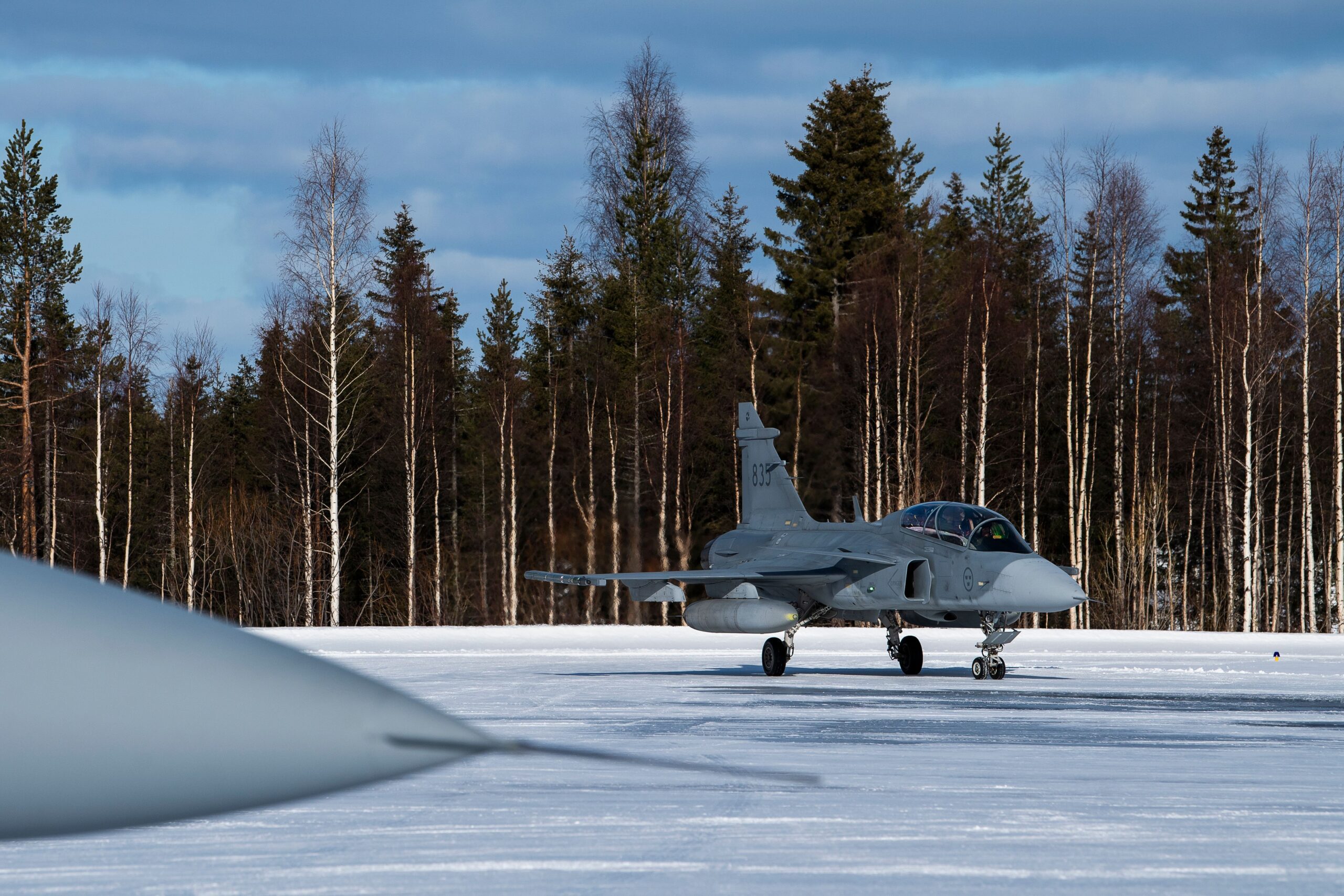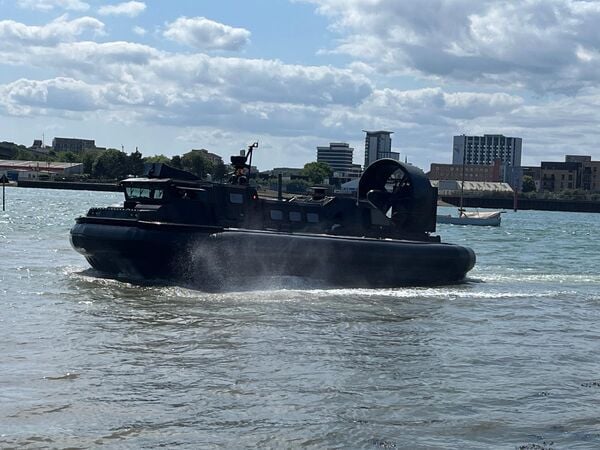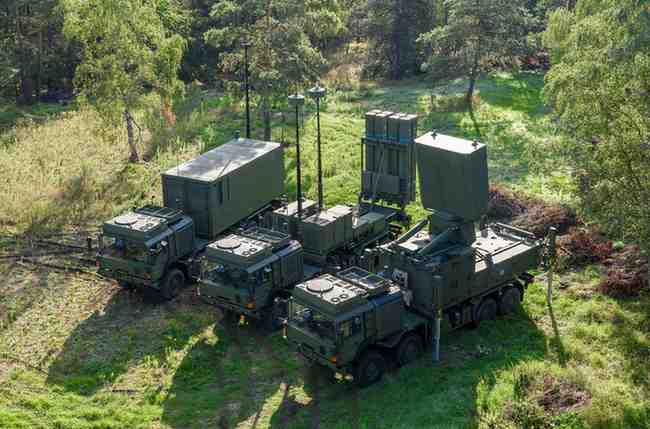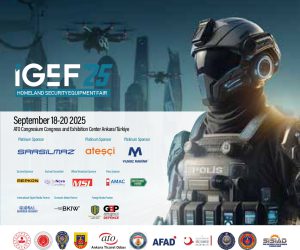How do you land 16 tons of high tech at 180 knots on an ice-covered runway? and how do you make sure all systems are good to go if there should be an alert, regardless of the weather at any time – year-round?
To know this, Saab put their jet fighter systems through cold climate tests in the north. Machines, in general, are always more or less climate-sensitive, regardless of vehicle, making sure it runs smoothly in the scorching sun or blistering cold.
Climate tests are vital and carried out for pretty much all kinds of motor-driven vehicles. Jet fighters are no exception, and one could argue that jet fighters, in particular, pose a bigger challenge due to their many details and advanced systems on board. Also, a jet fighter needs, of course, to be capable of safeguarding airspaces 24/7 year on end, regardless of the weather. And that’s why Saab performs cold climate tests.
In the north, close to the Arctic Circle with-30 degrees Celsius, which means about -22 degrees Fahrenheit. It’s a fairly common temperature in wintertime, but it can occasionally be even colder, also worth knowing the winter periods are long and in these northern parts of Sweden, Saab tried out the Gripen fighter system, putting it through cold climate tests.
As an Arctic country, Sweden needs to be able to act whenever necessary, regardless of weather conditions. In contrast to cold climate tests, humidity and heat tests are, of course, also carried out in other parts of the world.
Does ice buildup on a jet fighter and do the same rules apply as to a commercial jet plane? The answer is both yes and no.
Read More: Pakistan Inducts J-10C Fighter Jets Today at Kamra Air Base
To start with, all planes, military as well as commercial ones, don’t like ice. To pick up ice means the flying ability will be affected and if it really comes to it a plane could potentially crash. For commercial planes, this is solved through built-in systems that heat the cold parts that have picked up ice. Military jet fighters could have this option installed as well but for most jet fighters, the solution is actually to just go faster as higher speeds create friction to such a level that heat is being built up thawing the plane.
Also, a jet fighter such as the Gripen system actually does have a few cards up its sleeve in case there should be an ice problem which is the De-icing of internal systems is being handled by special heating modes, for instance.
And also, worth mentioning early on is that picking up ice is something that could happen not only during wintertime in colder climates but all the year-round, given high altitudes and cloud conditions. So, picking up ice is really not that big of a problem and actually not really what is being focused on during cold climate tests.
But there are, of course, other important parts, not least since we’re talking about air sovereignty and the ability to be able to take off within minutes in all weathers-should there be an alert.
Read More: How good is Pakistan’s acquisition of J-10C from China
Let’s take them one by one in logical order. If you have ever started your car in extreme cold, you’ve probably noticed how the battery really has to work to start the engine, fuel and oil become thicker and everything is just a pain, basically, pretty much the same goes for a fighter jet.
The APU or auxiliary power unit is just like on other types of planes. The first thing to check is – can it start after a long night in the cold? Another vital part of the Gripen system is on the inside of the plane, and by that, we are referring to software and more precisely the programs used for monitoring outside factors such as temperature and humidity. A long series of start-up and safety checks are performed at this stage to make sure that all sensors are showing reasonable metrics.
Furthermore, tests are carried out for trying all valves and hydraulic cylinders. In this case, the main metric is speed and how fast each component moves, depending on the outside temperature. The ground tests are performed in order to confirm that the plane is acting steadily during takeoff and landing on surfaces with really low friction. This is done by starting off with low weight, fewer external loads, and slower speed. Then a series of tests with heavier and heavier load combined with higher and higher speeds follows.
Also, in addition to these tests, there are also tests performed on the ground with a degraded system, meaning that you steer by using only the brakes and not the hydraulic steering that the fighter comes with. The testing of the weapons systems is conducted by Saab engineers, together with personnel from the Swedish Air Force and FMV, the Swedish Defense Materiel Administration.
This calls for more operational exercises where mobile maintenance hangars are used, as well as mounting of weapons, are being carried out. So Gripen fighter system is put through cold-climate testing, a necessary and vital step in order to call itself an Arctic fighter.
Check out Saab.com and learn more about its business.
- Global Defense Insighthttps://defensetalks.com/author/umair/
- Global Defense Insighthttps://defensetalks.com/author/umair/
- Global Defense Insighthttps://defensetalks.com/author/umair/
- Global Defense Insighthttps://defensetalks.com/author/umair/













